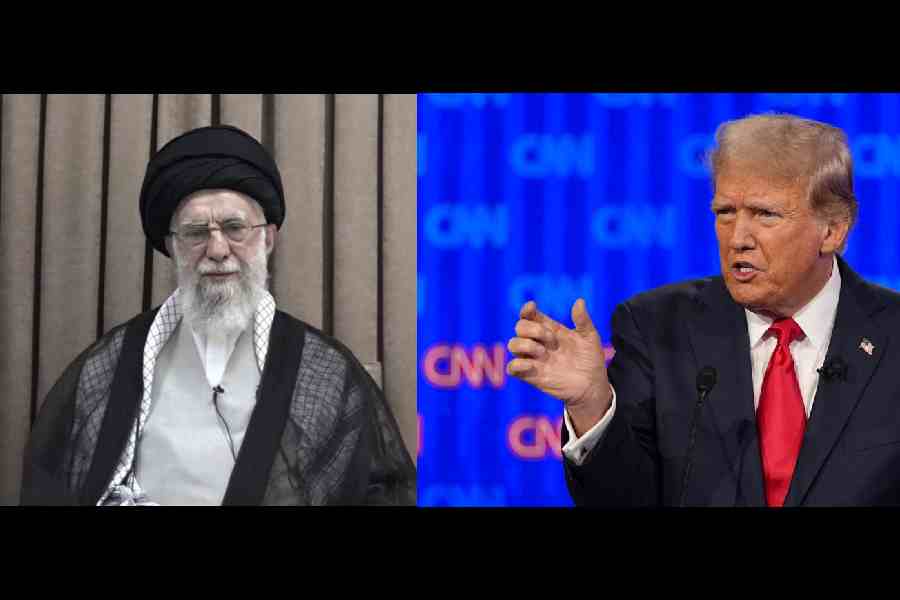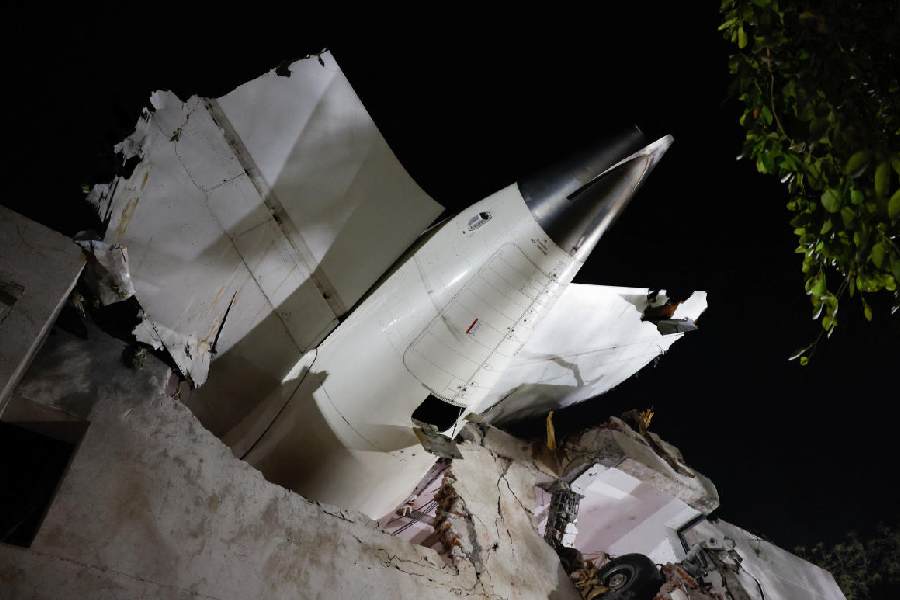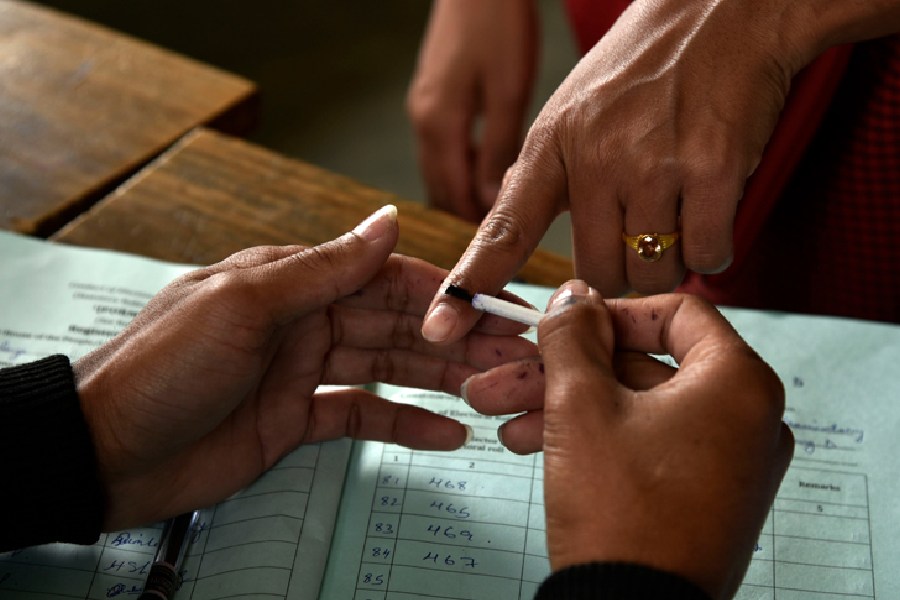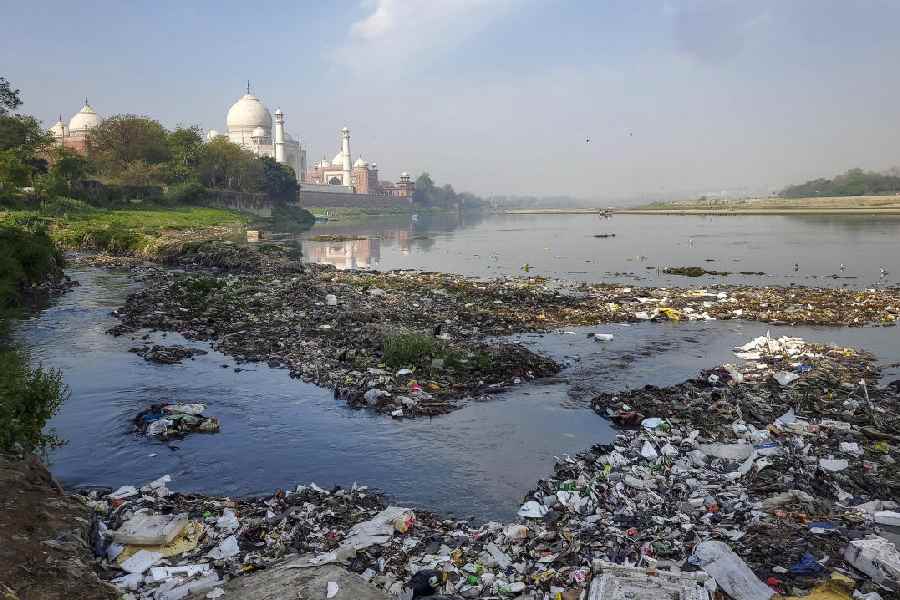 |
Oct. 21: The rupee plunged to a 30-month low as it tumbled below the psychological level of 50 to the dollar and ignited fears that it could exacerbate inflationary pressures by making oil imports costlier.
“Obviously, it is a concern,” said finance secretary R.S. Gujral. “The depreciation of the rupee impacts our import bill.”
At one stage, the rupee tumbled to 50.32 to a dollar, the lowest level since April 28, 2009.
Finance minister Pranab Mukherjee also discussed the fall in the rupee with Reserve Bank governor Duvvuri Subbarao. They also reviewed the high level of inflation ahead of the quarterly review of monetary policy next week, amid expectations of another increase in the repo rate by 25 basis points to 8.5 per cent.
“I came to review the macro-economic situation with the finance minister,” Subbarao said.
The pundits on the market said the rupee hit the skids because of fears of a slowdown in the inflow of foreign funds and a sudden spike in the demand for the greenback from oil importers. But it clawed back some of the losses and closed at 50.02/03 per dollar, weaker than the last close of 49.80/81.
The recovery touched off a debate that the Reserve Bank might have intervened in the market through PSU banks. But this could not be confirmed.
Data from the Centre for Monitoring Indian Economy (CMIE) showed that the RBI last officially intervened in November 2010 when it scooped up $870 million. It hasn’t stepped in since then.
The central bank has repeatedly maintained that it does not target any specific exchange rate and that it only acts against volatility.
The rupee’s tumble also sparked excited chatter in cyberspace on social media sites such as Facebook and Twitter. “Why is the rupee losing ground?” tweeted Ullas Sharma. “When the forex reserves have topped $315 billion. We have got things wrong.”
While the falling rupee would help exporters, it would swell subsidies as the country imported nearly 80 per cent of its fuel needs.
The government had budgeted to spend Rs 430,000 crore on subsidies in this fiscal, mostly for fuel, fertilisers and food. However, elevated crude prices are likely to push the government to spend an additional Rs 40,000 crore on fuel subsidies alone.
“For every rupee depreciation, the under-recovery increases by Rs 9,000 crore. The rupee has depreciated by Rs 5 since March 31 this year. This would put pressure on the finances of oil firms,” a senior oil industry official said.
Treasury experts say the rupee may weaken further should the euro lose ground against the dollar and it may even breach the 51-mark in such an event.
Moses Harding, head (global markets group) at IndusInd Bank, told The Telegraph that the speed with which the rupee had depreciated of late had been surprising considering the fact that the dollar index had been steady. The dollar index measures the performance of the greenback against a basket of currencies.
A weaker rupee would, however, provide a competitive advantage to local exporters especially in markets such as Africa, Latin America and South-East Asia.
Ramu Deora, president of the Federation of Indian Export Organisations, said, “The fall in the rupee would benefit tea, coffee, cotton yarn and sugar, which have no import input. But others will be impacted as most of the exporters also import raw materials.”










